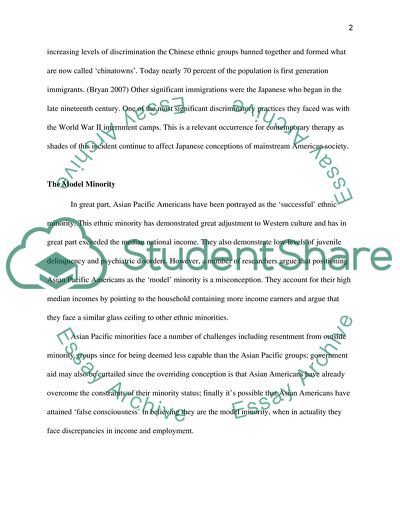Cite this document
(Multicultural Aspects of Disabilities Research Paper, n.d.)
Multicultural Aspects of Disabilities Research Paper. Retrieved from https://studentshare.org/social-science/1734994-human-relations-paper-4
Multicultural Aspects of Disabilities Research Paper. Retrieved from https://studentshare.org/social-science/1734994-human-relations-paper-4
(Multicultural Aspects of Disabilities Research Paper)
Multicultural Aspects of Disabilities Research Paper. https://studentshare.org/social-science/1734994-human-relations-paper-4.
Multicultural Aspects of Disabilities Research Paper. https://studentshare.org/social-science/1734994-human-relations-paper-4.
“Multicultural Aspects of Disabilities Research Paper”, n.d. https://studentshare.org/social-science/1734994-human-relations-paper-4.


